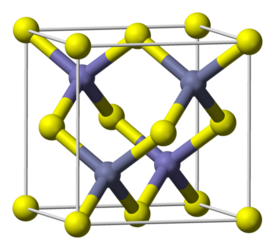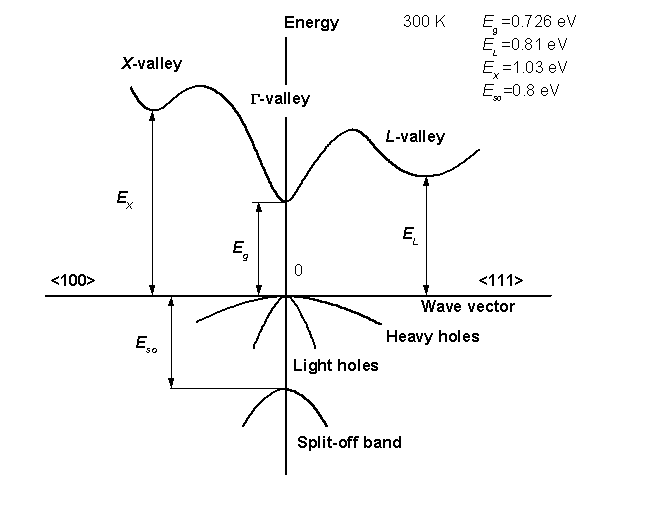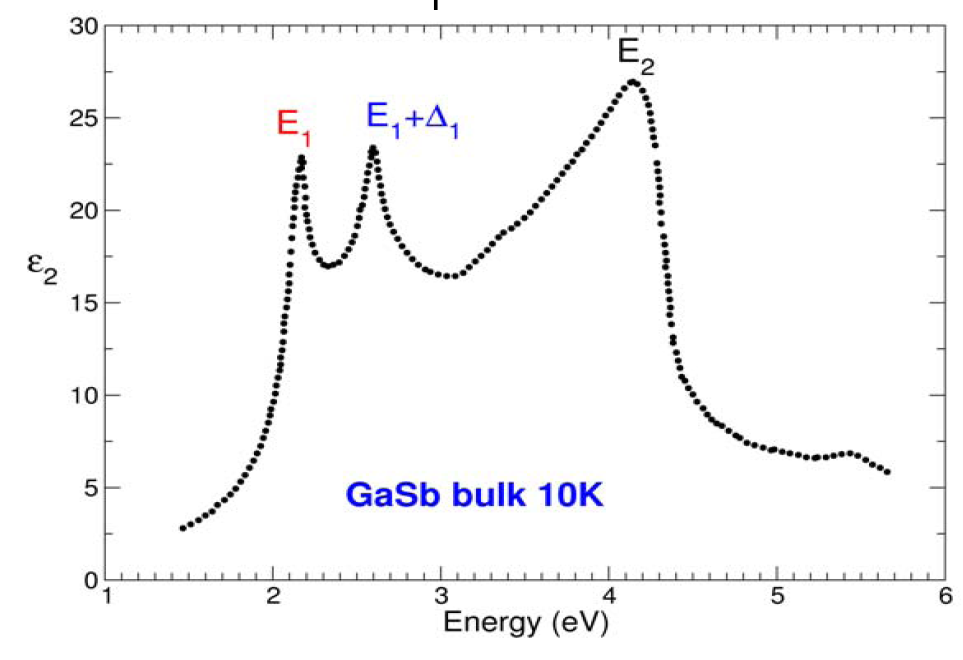SOC: Difference between revisions
No edit summary |
No edit summary |
||
| Line 1: | Line 1: | ||
= Effect of spin-orbit interaction = | = Effect of spin-orbit interaction = | ||
The scope of this tutorial is to calculate the G0W0 corrections to the DFT-LDA band-structure and the BSE optical spectrum for a bulk semiconducting material, the Gallium Antimonide <ref name=" | The scope of this tutorial is to calculate the G0W0 corrections to the DFT-LDA band-structure and the BSE optical spectrum for a bulk semiconducting material, the Gallium Antimonide <ref name="wiki"/><ref name="kim"/><ref name="rem"/>. We will compare the results with and without the spin-orbit interaction. | ||
[[File:SOC_GaSb_structure.png|thumb|GaSb structure]] | [[File:SOC_GaSb_structure.png|thumb|GaSb structure]] | ||
| Line 37: | Line 37: | ||
== References == | == References == | ||
<references> | <references> | ||
<ref name=" | <ref name="wiki"> [http://en.wikipedia.org/wiki/Gallium_antimonide|GaSb on wikipedia]</ref> | ||
<ref name=" | <ref name="kim"> Y.S. Kim et al. PHYSICAL REVIEW B 82, 205212 (2010).</ref> | ||
<ref name=" | <ref name="rem"> I. N. Remediakis and Efthimios Kaxiras Phys. Rev. B 59 5336 (1999).</ref> | ||
</references> | </references> | ||
Revision as of 15:25, 25 October 2019
Effect of spin-orbit interaction
The scope of this tutorial is to calculate the G0W0 corrections to the DFT-LDA band-structure and the BSE optical spectrum for a bulk semiconducting material, the Gallium Antimonide [1][2][3]. We will compare the results with and without the spin-orbit interaction.
Crystal Structure
Zincblende crystalline structure. Two atoms per cell, Ga and Sb (8 electrons). Lattice constant 11.38 [a.u.].
Band Structure
Ground state: plane waves cutoff 18 Ry Large spin-orbit splitting of highest occupied bands: ~ 0.7eV
Optical properties
Large spin-orbit splitting of the E1 optical peak (E1, E1+D1) visible in the experimental optical spectrum
First steps
For this tutorial we provide two state (GS) databases (DBs), one contains the GS-DBs with the effect of SOC included and one without. The idea is to repeat the same calculation for both database and compare the results and the performances of the code. As in other tutorials you can find the folder containing the input files for the pwscf code (Pwscf, in case you prefer to generate the GS-DBs by yourself) and the folder containing the GS-DBs, the reference input files and the reference output files for the yambo code (YAMBO). Instead of continuosly jump back and forth from the Without_SOC to the With_SOC folder we advice to open two terminals and keep one for the without SOC case and another for the with SOC case.
Let's have a look to the content of the folders. For example we can enter in the
Solid_GaSb/With_SOC/ folder
>cd Solid_GaSb/With_SOC/ >ls Pwscf YAMBO >cd YAMBO >ls 4x4x4_shifted+GAMMA 6x6x6_shifted 10x10x10_shifted 14x14x14_shifted Inputs Reference_Outputs
Inside the YAMBO folder there are indeed four folders corresponding to four differet k-points meshes. In this tutorial we will use the 4x4x4_shifted+GAMMA folder for the computation of the QP corrections within the GoWo approximation. It is a kpts grid obtained as the sum of a 4x4x4 k-points grid centered in Gamma and a 4x4x4 grid shifted. Instead for the computation of the optical properties we will use the 6x6x6_shifted folder. It is a 6x6x6 k-points grid shifted from Gamma. The other two folders, 10x10x10_shifted and 14x14x14_shifted can be used to do a minimum convergence of the optical properties against the number of k-points (pay attention that the BSE calculations with bigger grids will be very memory and time demanding!).
The first part of the tutorial is on the computation of the QP corrections. So let's enter the 4x4x4_shifted+GAMMA grid and, as seen in other tutorials run the Initialization:
References
- ↑ on wikipedia
- ↑ Y.S. Kim et al. PHYSICAL REVIEW B 82, 205212 (2010).
- ↑ I. N. Remediakis and Efthimios Kaxiras Phys. Rev. B 59 5336 (1999).


